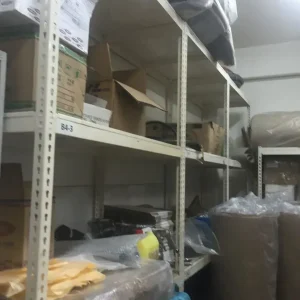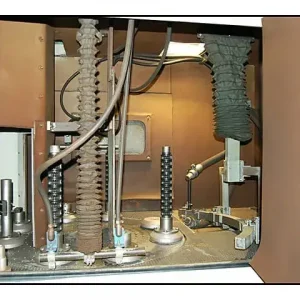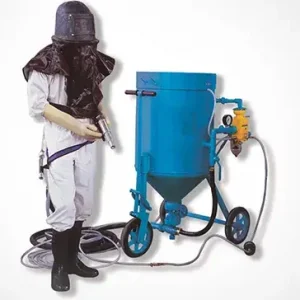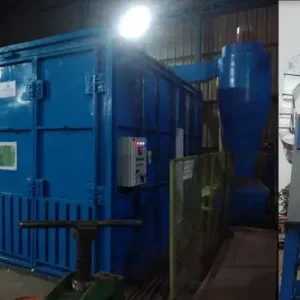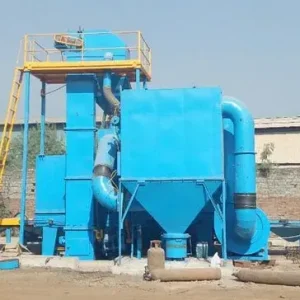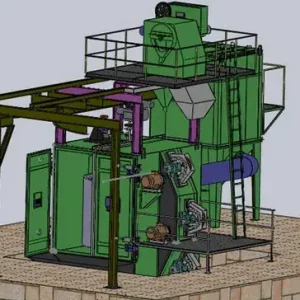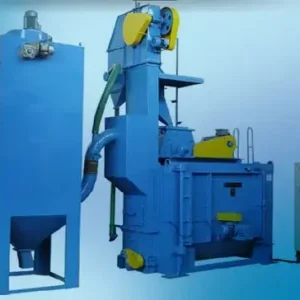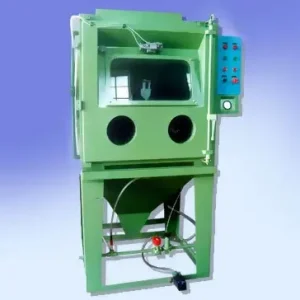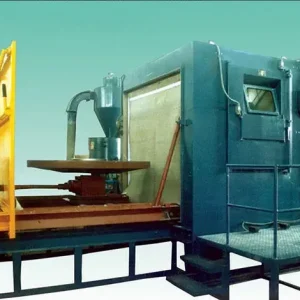In any industrial blast room, dust control is one of the most critical factors determining efficiency, safety, and environmental compliance. A well-designed dust collector system ensures clean air, protects workers, maintains visibility, and prolongs the lifespan of both equipment and abrasives. In this article, we’ll explore why dust collector systems are essential in blast rooms and how they impact performance.
1. The Role of Dust Collector Systems in Blast Rooms
During abrasive blasting, fine dust particles are generated from both the abrasive media and the surface being cleaned. Without proper extraction, these particles linger in the air, causing:
- Reduced visibility inside the blast room
- Contamination of cleaned surfaces
- Health hazards for operators
- Wear and tear on equipment components
Dust collector systems remove these airborne contaminants continuously, maintaining a clean and safe working environment.
2. Why Dust Collection Is So Important
a. Operator Health and Safety
Dust from blasting often contains fine particles of metal, paint, rust, or silica — all of which can pose respiratory hazards.
A reliable dust collector system ensures compliance with OSHA and environmental safety standards, minimizing risks like silicosis and other lung diseases.
b. Improved Visibility and Productivity
A clear working environment allows operators to see the blasting surface better, leading to consistent surface finishes and fewer mistakes. Poor visibility slows operations and increases rework time.
c. Equipment Longevity
When dust isn’t properly captured, it settles on mechanical components, filters, and electrical systems. Over time, this leads to clogging, overheating, and premature wear.
A proper dust collector reduces maintenance costs and extends the equipment’s service life.
d. Better Abrasive Recycling
Dust-free blasting improves the efficiency of abrasive recovery systems. Clean abrasives can be reused more times, reducing overall material costs and waste generation.
3. Types of Dust Collector Systems for Blast Rooms
a. Cartridge Dust Collectors
Ideal for fine dust particles, these systems use pleated cartridge filters that are efficient, compact, and easy to clean with pulse-jet air systems.
b. Baghouse Dust Collectors
Used in heavy-duty or large blast rooms, baghouse collectors handle high air volumes and larger dust loads. They are durable and suitable for continuous operations.
Unveiling the Power of Precision: Wet Blast Cabinet Solutions from Aerowheel Surface Finishing
Common Mistakes to Avoid While Using Portable Sand Blasters
Certifications You Must Check Before Buying from Sand Blasting Manufacturers
c. Cyclone Separators
Cyclones remove coarse dust before it reaches the main filter, extending the life of cartridge or bag filters and improving overall efficiency.
4. Factors to Consider When Choosing a Dust Collector System
- Airflow Requirements: Measured in CFM (Cubic Feet per Minute), depending on the blast room size.
- Type of Abrasive Media: Metallic abrasives require different filtration setups compared to non-metallic media.
- Frequency of Use: Continuous operations demand automatic cleaning systems.
- Environmental Regulations: Ensure compliance with local and international air quality standards.
5. Maintenance of Dust Collector Systems
To keep the system working efficiently:
- Regularly inspect filters and replace them as per the manufacturer’s schedule.
- Check for air leaks in ducts and seals.
- Monitor pressure differential to detect clogged filters early.
- Clean hoppers and dust bins regularly to prevent overflow.
Routine maintenance ensures consistent suction, cleaner air, and longer system life.
6. The Environmental Impact
Modern industries must adhere to strict emission norms. Efficient dust collector systems help reduce air pollution, minimize waste, and support sustainability initiatives by ensuring that only clean air is released back into the atmosphere.
Conclusion
A dust collector system is not just an accessory in a blast room — it’s a necessity. From ensuring operator safety and product quality to improving operational efficiency and environmental compliance, dust collection directly impacts every aspect of blasting operations.
Investing in a well-engineered dust collector system leads to cleaner air, safer workers, and better performance — making it an integral part of every modern blast room setup.








